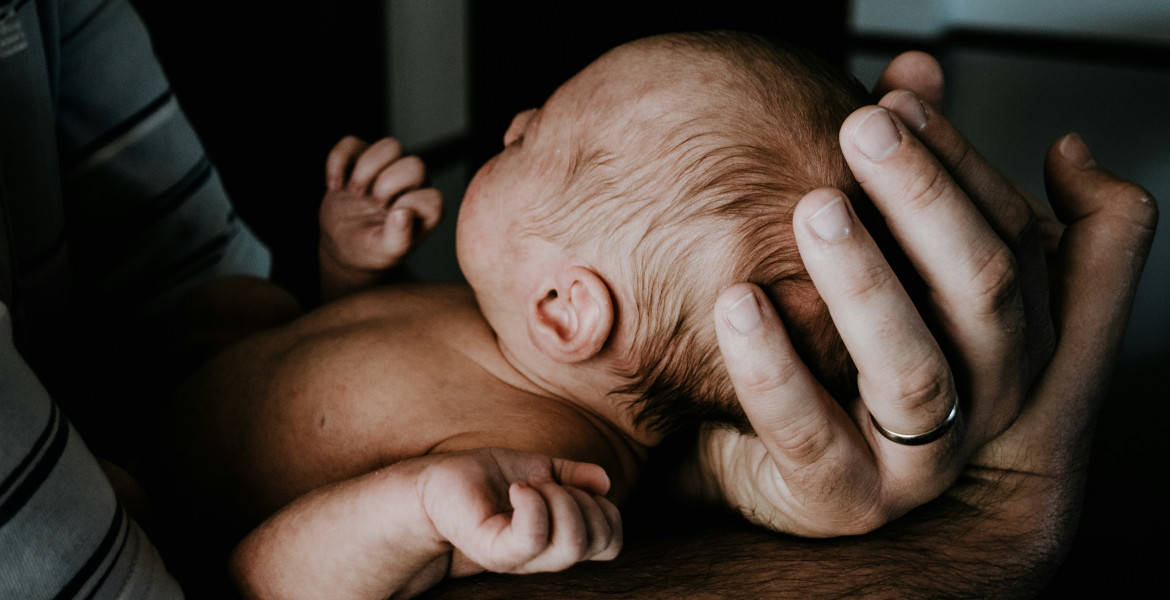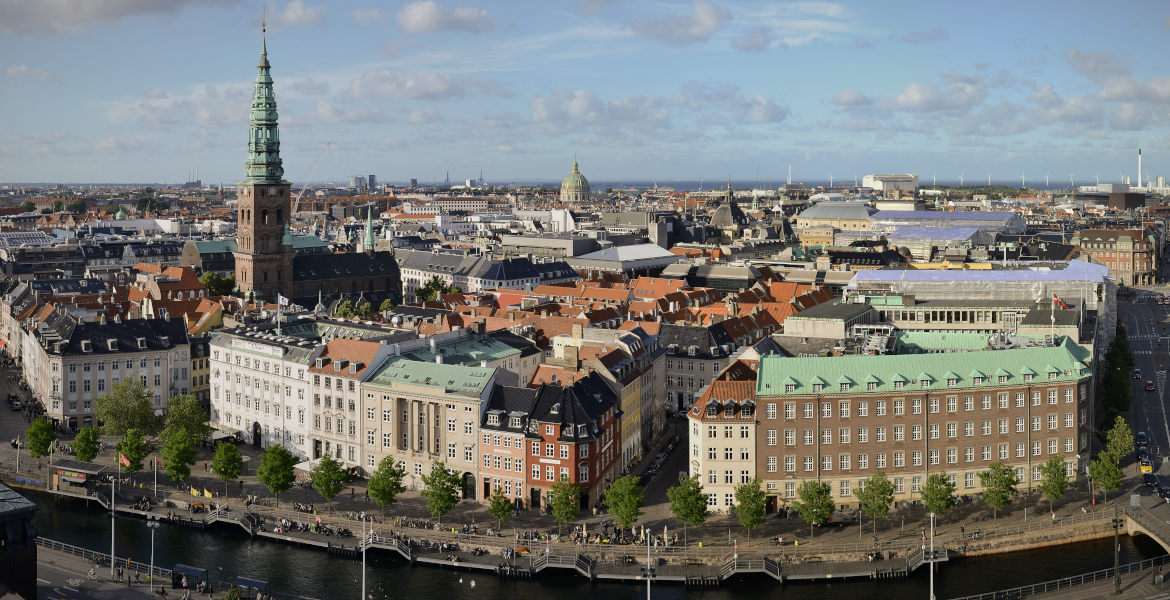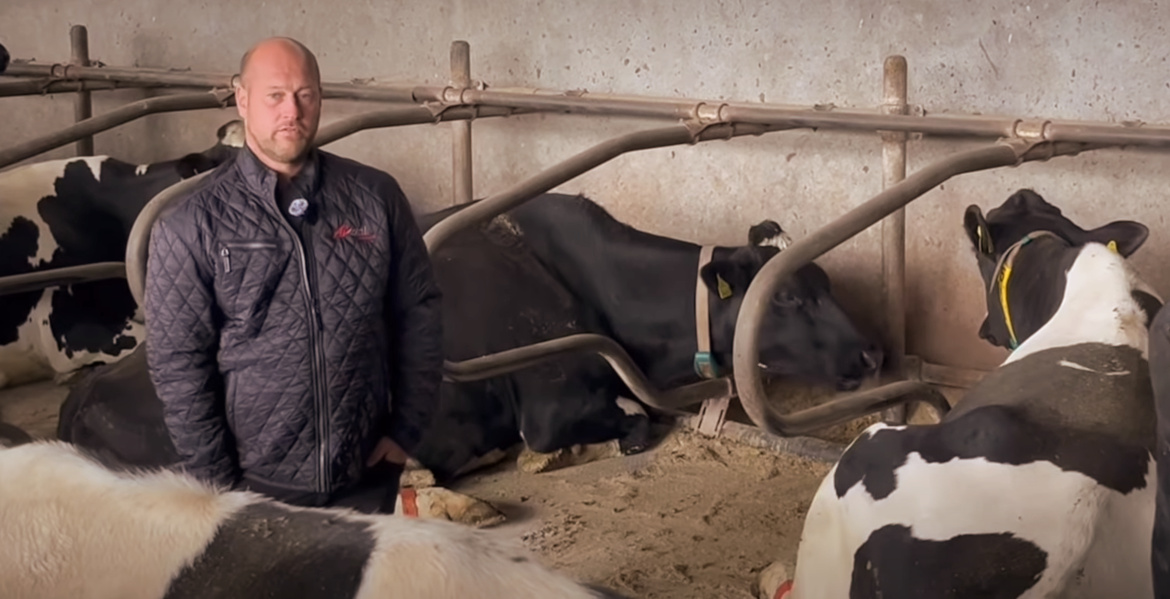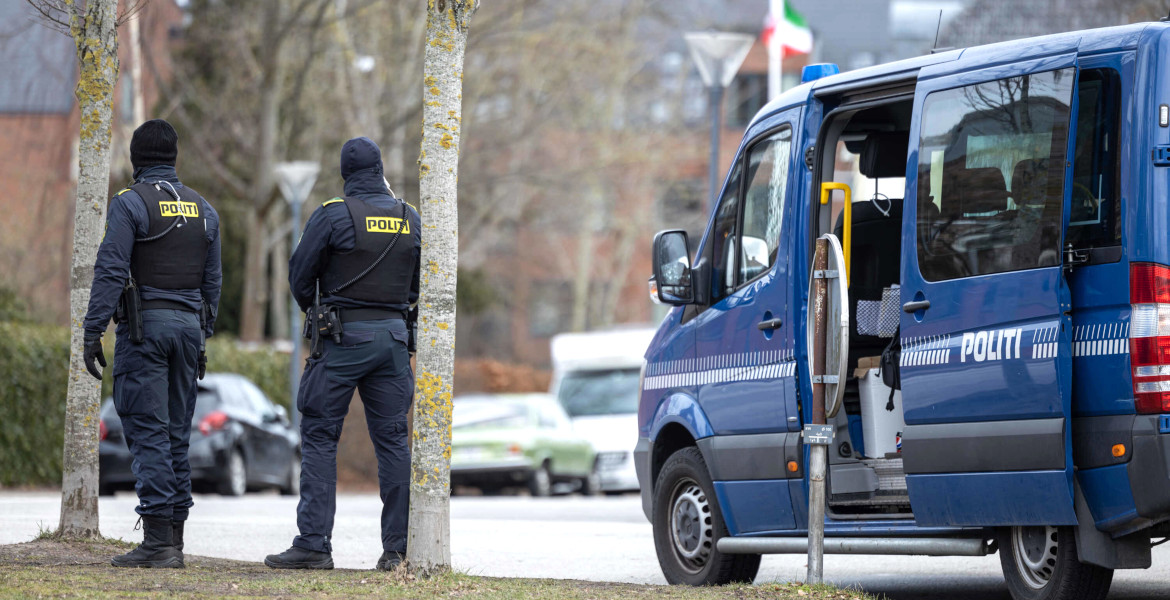In Denmark, the oldest find to date that mentions the Norse Allfather Odin has been found on a piece of 4th century gold jewellery depicting a portrait of a man described as "Odin's man".
In 2020, several pieces of gold jewellery were found in Vindelev, just outside Jelling in Jutland, Denmark. Now, researchers at the Danish National Museum have taken a closer look at a so-called bracteate from the finds, a gold medallion, and managed to decipher the rune inscriptions on it.
– The rune script has been the most difficult to interpret during my 20 years as a runologist at the National Museum, but the discovery is also absolutely fantastic. This is the first time in world history that Odin's name is mentioned, says runologist Lisbeth Imer in a press release.
The medallion is estimated to be from the 4th century, making it the oldest mention of Odin, the Allfather God of the Norse pantheon. The previous oldest find where Odin is mentioned comes from a buckle from German Nordenorf and is dated to the latter part of the 5th century.
The gold medal reads: "He is Odin's man", referring to a portrait of an unknown man on the jewellery, who may be an unknown king or some other prominent figure. The man may have been called Jaga or Jagaz.
– This type of inscription is extremely rare, we find one maybe every 50 years, and this time it has turned out to be world history, says linguist Krister Vasshus, who specializes in the ancient linguistic history of Scandinavia.
Odin (in Old Norse Óðinn; in German Wotan, Wuotan or Wodan) is the oldest, wisest and most powerful of the Asa gods in Norse mythology. He is the god of warfare and therefore his accurate spear Gungner is also an important part of the faith. Traditionally, a replica of the spear is attached to the top of the Christmas tree, or to the top of the spruce branches that preceded the Christmas trees.
Odin is accompanied by his ravens Hugin and Munin, his horse Sleipner and his wolves Gere and Freke. He is married to Frigg and has with her sons Balder, Höder and Hermod. He also has his eldest son Thor, the god of thunder, together with Jord.





